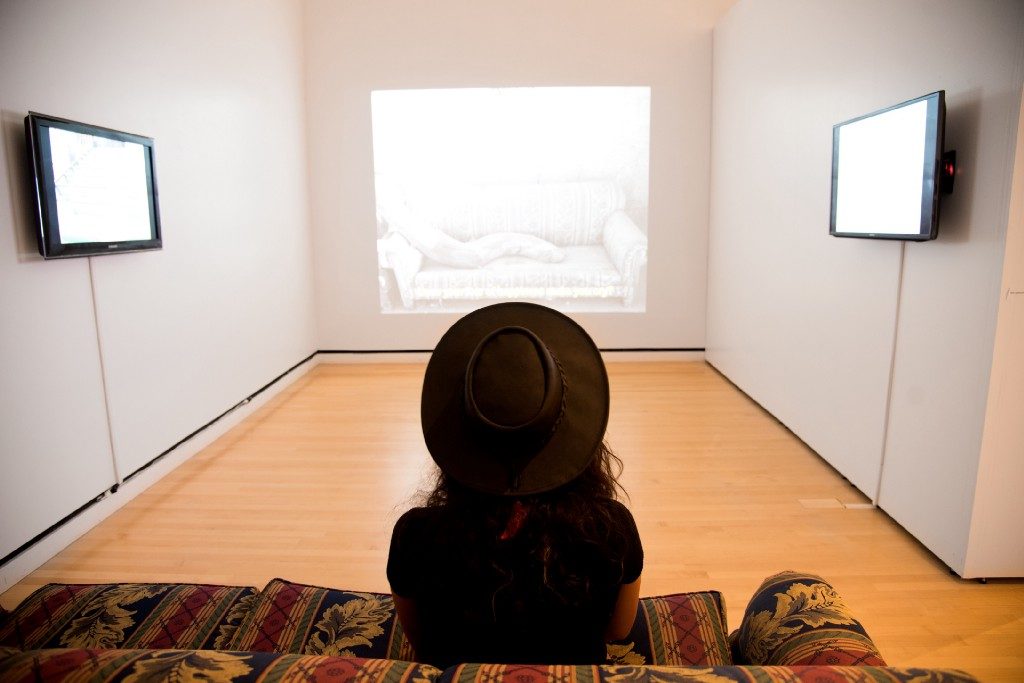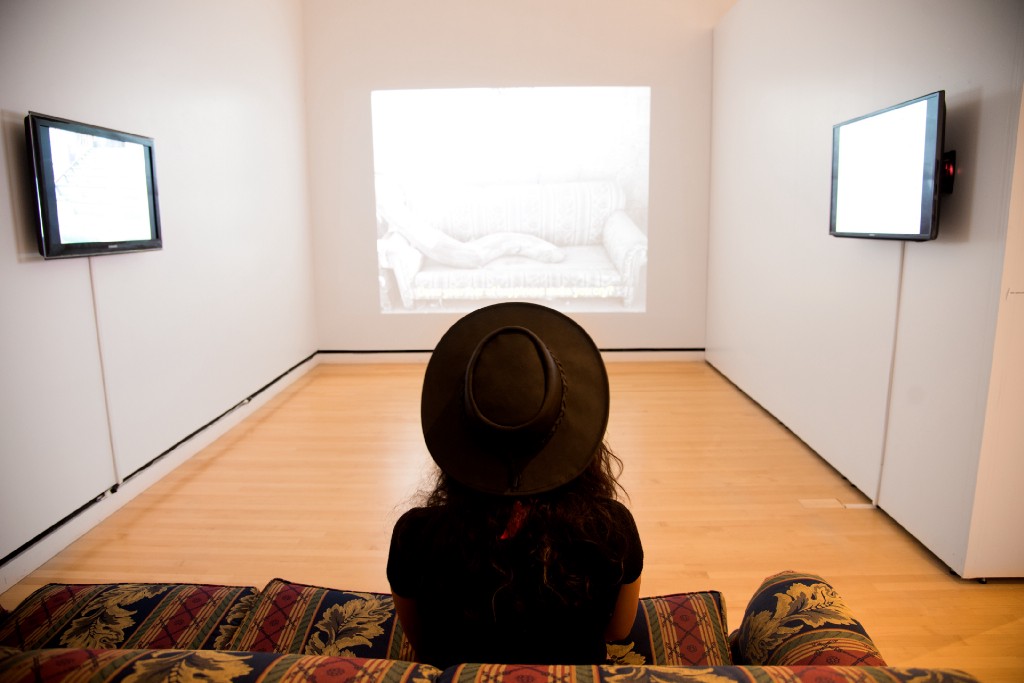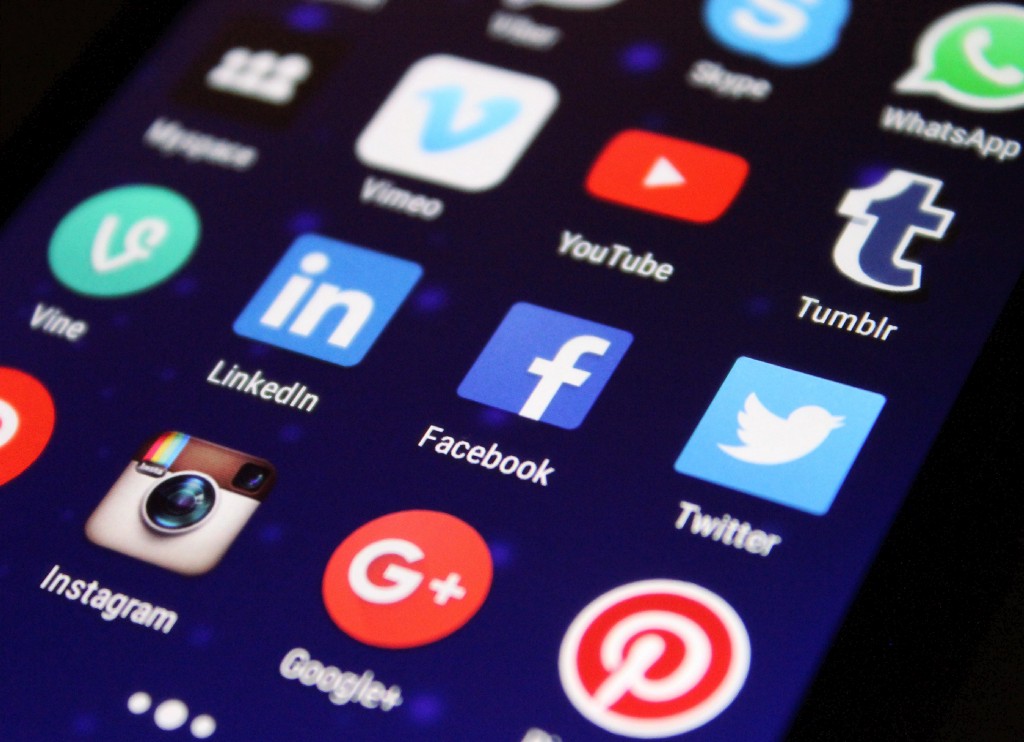
Is a Digital Strategy necessary in Small museums?
November 11, 2018 - All
Is a Digital Strategy necessary in small museums?
What works in a medium to large size museums will not always work for a small museums. It is something that museum professionals should be able to agree on, even though they might disagree on what those things are and why those things will not work for smaller museums like they do for larger museums. As someone who has worked in a small museum, with a staff size of two — one full time, one part time — and with a small budget, I know some of the challenges that small museums face.
Having a digital strategy is as important as having a mission statement in today’s digital world. The problem is that smaller museums have trouble finding the money, time, or resources to invest into a digital strategy, but because the world today is embedded in digital media so heavily, it seems as though small museum might be missing out on something if they don’t develop a digital strategy.
Since it might not be possible for small museums to set aside time to create a digital strategy that can be implemented across the entire institution without having to put a lot of work into it, perhaps it is best for small museums to consider Ross Parry’s idea of the ‘postdigital’ museum. Parry argues that since the world that museums inhabit today is a ‘postdigital’ world, where digital is the norm, then there is no reason why there should be a separate digital strategy from a strategic plan that most museums already have.

The best kind of digital strategy is one that touches all aspects and departments of a museum, so the argument against having a digital strategy could help to benefit smaller museums. Digital media and technology should not solely used in specific instances, not even in small museums, it should be something that is found in every single department of a museum.
This line of thinking might also be a way that could benefit small museums because they will not have to create a separate department that will just end up being composed of employees whose main focus at the museum is not digital strategy. Employees in small museums often wear different hats through the institution and creating a digital strategy would mean that the museum would have to figure out who will have more responsibilities away from the department where their main focus should be. By not having a separate digital strategy, it would be beneficial for employees to continue to focus on, say, the education department, while also thinking about how digital media could be used to continue the museum’s mission and vision in an educational setting. If everyone in every department could think of digital media in this way, it might also avoid situations where technology is just being implemented simply because there seems to be a pressure for the museum to have digital technologies.
It is always going to be harder for larger institutions to take risks because the price of failure is also a lot higher. For a smaller museum, it is much easier for them to decide to make a risky decision because if they fail, they fail small. Smaller museums are also more open to giving things more of a chance even if they do not immediately work out. It is risky for museums to abandon a digital strategy plan, if one was made in the first place, or to not have a digital strategy at all at any point of a museum’s history.
It is hard for small museums to even try to attempt to some of the items laid out in the digital strategies of much larger organizations, they will not always be able to host their collections online, and many will certainly not have the resources to develop an app of their own that will be worth the time and money that they spend on creating it.

Smaller museums many times do not even have the resources to devote to using social media in a dedicated way, and only use it as a way of promoting events at the museums, not always as a way of engaging their communities or their fans. How can small museums then be asked to create a digital strategy that would have them rethink the way that they use social media into developing into another position that they might not have the resources to afford? Without a digital strategy, there is no pressure to change things drastically, but instead to rethink solutions to problems that might arise or of different ways to show things. Social media is seen as an “easy” way of using digital media, it reaches the community where they are and it is free for both the museum and the users of public to use.
It is hard to find a large museum who has not undergone a digital transformation, but it is not difficult to find smaller museums who have had trouble with digital transformations. In recent years, it has become easier for smaller museums to adapt to the ever changing digital world, but they are still usually behind their larger counterparts. The world is increasing becoming more ‘postdigital’ which means that all museums will one day become ‘postdigital’ and eventually museums that do have a digital strategy will become outdated.
Of course there are different levels of small museum, and definitions of a small museum vary from person to person. In one survey from 2007 conducted by American Association for State and Local History (AASLH), people surveyed all had different things that defines a small museum from them, from budget, to staff size, to actual size of the museum itself. In the smallest kind of museum, it is a fair assumption that they have not created a separate digital strategy. It would be best for these very small museums to forgo creating a digital strategy at all. Digital strategy will one day no longer be necessary, and if a small museum does not already have a digital strategy, it is best to skip creating a separate strategy and it is better to incorporate the elements of a digital strategy through the different departments in the museum.
For slightly larger small museums who might have already created a digital strategy, they might consider not updating their current digital strategy and instead of trying to think of a digital strategy that can be applied in all the different departments in a museum, it would be better that in the future for each department to think of the ways that they can create things for the digital world. It almost seems silly to have departments think of ways of how to do things digitally because museums employees and professionals are sometimes already thinking this way.
At the end of the day, whether or not a digital strategy is best for a small museum comes down to the individual museums. All museums are different from one another and small museums have even more differences from one another, which means that having a digital strategy might actually be best for a small museum. But it does deserve to be said that not all small museums need a digital strategy and they should not feel the pressure to create one because larger museums have one.
It is also important to remember that that everything is black or white and finding a middle ground between having a full blown out digital strategy and having no digital strategy might also be best for some small museums.
For more on digital strategy and the postdigital museums:
http://download.aaslh.org/small+museums/Small+Museum+Survey+Results.pdf
https://warwick.ac.uk/fac/soc/ier/people/sabarnes/publications/one_by_one_phase1_report.pdf
https://www.aam-us.org/2017/07/10/museums-and-digital-strategy-today/
The Warhol Museum Digital Strategy 2015–2017:
thewarholmuseum/digital-strategy
John Stack, “Tate Online Strategy 2010–2012”, Tate Papers, no. 12 (2010):
http://www.tate.org.uk/research/publications/tate-papers/13/tate-online-strategy-2010-12
Staedel Museum — Digital Strategy:
http://www.staedelmuseum.de/en/stadel-museums-digital-strategy
Science Museum — Digital Strategy 2015–2017:
https://group.sciencemuseum.org.uk/policies-and-reports/digital-strategy/
National Portrait Gallery — Digital Strategy 2016:
http://www.npg.org.uk/assets/files/pdf/strategic-plan/NPG_Digital_Strategy_Digest_v4_0.pdf
Is a Digital Strategy necessary in Small museums? was originally published in Museums and Digital Culture – Pratt Institute on Medium, where people are continuing the conversation by highlighting and responding to this story.